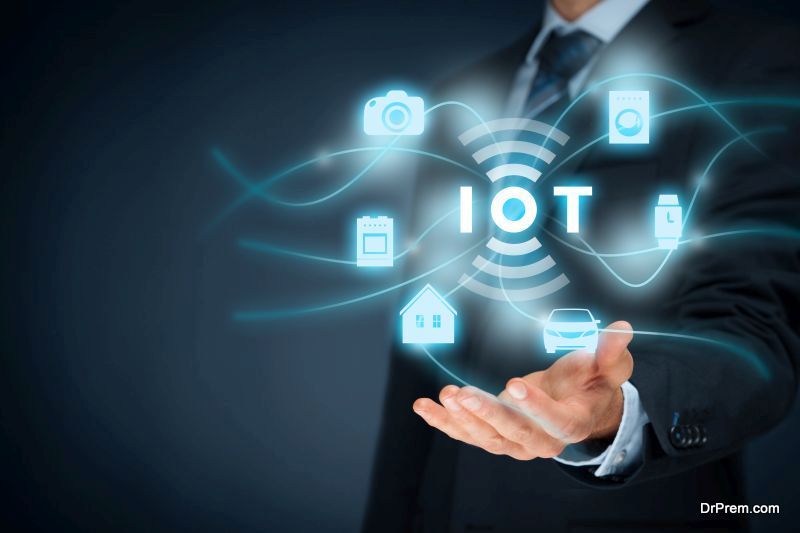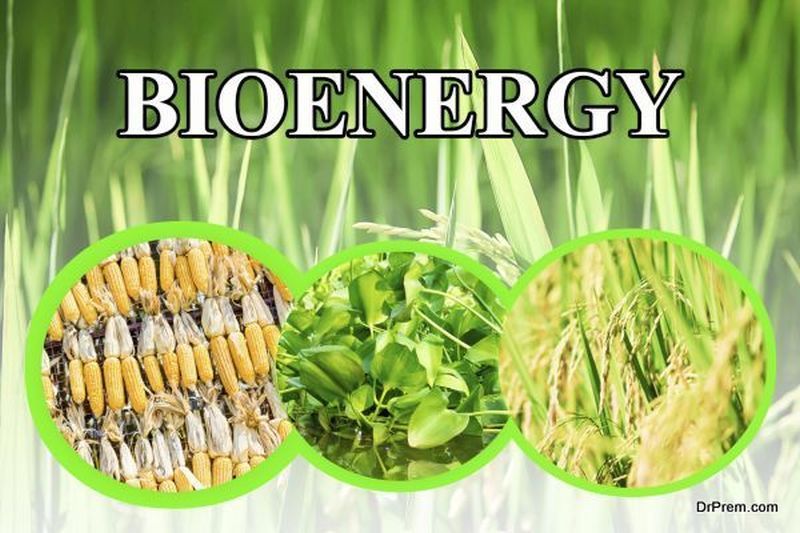The population of the world is in billions today, and it is increasing every day. This puts a huge strain on energy resources. Our lifestyle consumes a lot of electricity, and to make it available to all will be quite difficult in the coming years, unless new methods of electricity generation are developed. As an answer to the energy crisis researchers, in tandem with governments and private companies, are working on a few ecofriendly and unique methods of electricity generation. So, let’s take a look at some remarkable technologies that are being developed:
Bioenergy
Bioenergy is derived from biomass, which refers to organic matter that comes from living (recently) animals or plants. It does produce CO2, a greenhouse gas, but researchers claim that using plants as biofuel removes the equal volume of CO2, which keeps the environmental impact comparatively neutral. Bioenergy is produced by burning biomass and by using the methane gas which is produced by decomposing organic material.
Na-TECC
In this method, salt and the sun’s heat is used to produce electricity. The conversion engine is quite unique as it does not have any moving parts. Electricity is produced when heat from the sun causes a sodium redox reaction on a solid electrolyte’s opposite sides. This tech can be used to power houses and other distributed electricity applications. Na-TECC can be used with natural gas, nuclear fuel, and even biomass energy sources, and that too without the requirement of turbines or boiling water.
Geothermal electricity
Geothermal electricity is produced by capturing the earth’s heat. The heat is either sourced from surface level, or it is sourced from the heated hot water reservoirs or rocks, that lie miles beneath the earth’s surface. Geothermal plants can harness this heat to produce electricity. To power homes, small geothermal heat pumps can be used by sourcing heat 10 feet beneath the surface.
Hydrogen
Hydrogen is low on pollution and high on energy. Hydrogen does not exist naturally in the gas form on earth but is found as hydrocarbon. It is extracted from hydrocarbons to produce electricity, and has been powering space shuttles since the 50s. It is the ideal ecofriendly fuel, but methods of production have to be improved which will make it viable for widespread commercial and private use.
Hydroelectricity
Hydroelectricity has been an ecofriendly way of generating electricity, but it sometimes causes relocation of native people, as dams have to be constructed as part of the electricity generation process.
Another type of hydropower is one that does not require dams. Electricity is generated just by funneling river flow through channels, without a dam. Micro-hydroelectric plants running on river flow, can be used to power small towns and districts, and ranch and farm operations.
Betavoltaics
This technology too has been there since the 50s, but only nickel-63 and tritium has been used till now. Researchers are now focusing on strontium-90, which emits 2 electrons high in energy during the process of decay. Its energy spectrum allows it to align well with the design architecture of the solar cells already being used. This would increase the yield of electricity of batteries by 40,000 times than that currently produced by lithium ion cells.
Radio waves recycling
Scientists have found a way to recycle radio waves to produce electricity, via a electromagnetic electricity harvester. The electricity produced is enough to power IOT devices, smart sensors, smart skin sensors, as well as wearable electronics. Energy is collected from many TV channels, wifi, handheld electronic instruments/devices and cellular waves.
Triboelectricity
Finally, something that utilizes the thousands of keystrokes we make in a day. Triboeletricity is electricity caused by friction. A self-powered system has been developed which can convert mechanical energy from ocean waves, blowing of the wind, tire rotation and keyboard strokes. This electricity can be used for personal device usage and would be helpful in eliminating or reducing lithium batteries in the future.
Piezoelectricity
Harvesting electricity from ambient vibrations is piezoelectricity. The new technology has the potential to reduce battery use, thus its claim to be ecofriendly is justified. It would be able to power low-energy devices in a convenient manner. It would also save money, as batteries would no longer be required.
All these exciting new technologies need to be supported as they can provide a solution to the pollution caused by batteries. They can even help us in generating much needed energy in an ecofriendly way.






